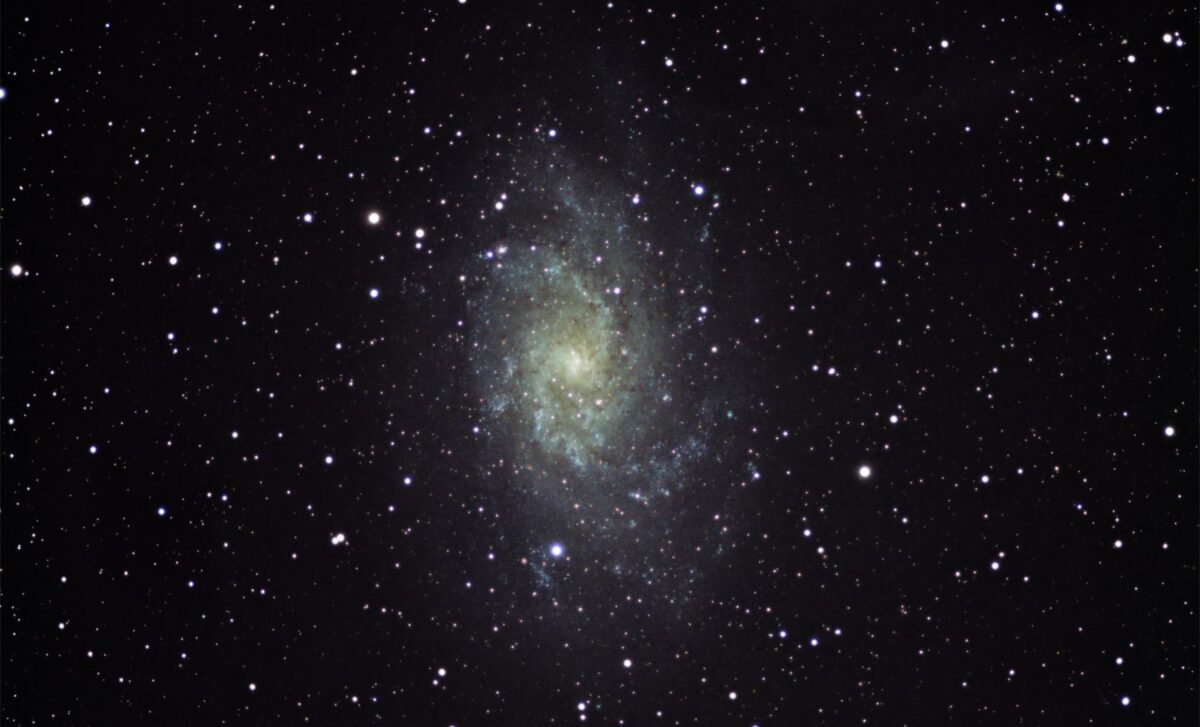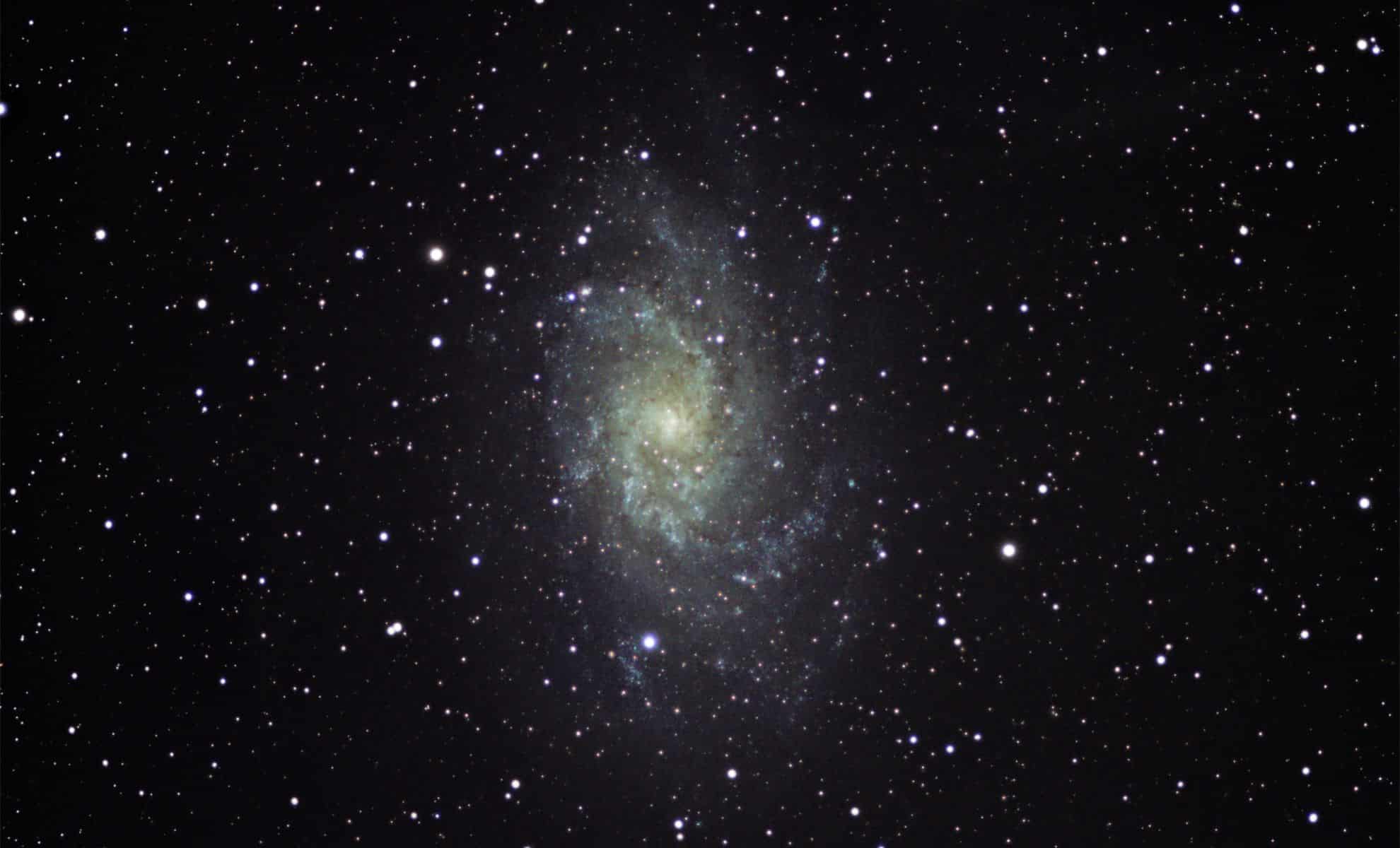Astronomers have discovered the oldest stellar disk in the Milky Way, named PanGu, which formed more than 13 billion years ago. This ancient structure reveals that the Milky Way’s growth was far more stable than previously thought, challenging traditional models of galaxy formation and offering new insights into how spiral galaxies like ours evolve.
Milky Way’s Ancient Stellar Disk Unveils the Galaxy’s Unexpectedly Early Origins

Astronomers have identified the oldest stellar disk in the Milky Way, a discovery that reshapes our understanding of the galaxy's formation. This early disk, known as PanGu, is over 13 billion years old and represents the original structure from which the Milky Way grew. The finding challenges long-held theories about how and when our galaxy came together and provides new insight into the early development of spiral galaxies.
A Journey Back to the Galaxy’s Beginnings
Researchers from the Chinese Academy of Sciences and the University of Toronto focused on tracking the oldest stars in the Milky Way to uncover its earliest structures. The team used advanced techniques to study the movement of high-α stars, a class of stars enriched in alpha elements, which tend to form early in a galaxy's history. They discovered that a population of stars more than 13 billion years old formed a disk-like structure, which they named PanGu, after the Chinese god of creation.
This stellar disk dates back to a period shortly after the Big Bang, about 13.4 billion years ago, when the first stars began to form. Prior to this discovery, astronomers believed the Milky Way started forming in a more structured way around 12.5 billion years ago, but the PanGu disk shows that the galaxy had already taken shape earlier than expected. The stars in this ancient disk have a combined mass of around 3.7 billion solar masses, a significant portion of the early Milky Way.

A Smooth Growth Compared to Other Galaxies
One of the most surprising findings from this study is the steady, uninterrupted growth of the PanGu disk. While many galaxies of comparable size formed through violent mergers and chaotic events, the Milky Way’s early history appears more stable. Over time, the PanGu disk flattened into the shape typical of spiral galaxies, but its initial form was almost as tall as it was wide, indicating a less violent formation process.
By the time the Milky Way reached its peak of star formation 11 billion years ago, it was producing stars at a rate of about 11 solar masses per year. This relatively smooth development sets the Milky Way apart from other spiral galaxies, which often experienced multiple disruptions during their formation. The PanGu disk now accounts for only 0.2% of the Milky Way’s current mass, as much of the galaxy's material has been acquired through mergers with smaller galaxies over billions of years.
Challenging Traditional Models of Galaxy Formation
The discovery of the PanGu disk not only sheds light on the Milky Way’s history but also challenges traditional models of galaxy formation. Previously, astronomers believed that large galaxies like the Milky Way developed through a series of chaotic mergers, leading to irregular growth and frequent restructuring. However, the existence of the PanGu disk suggests that the Milky Way followed a more orderly and continuous growth path.
This finding adds complexity to our understanding of how galaxies form and evolve. Simulations of galaxy formation suggest that most galaxies like the Milky Way experienced significant disruption early in their histories, but the PanGu disk indicates that such disruption was less severe for our galaxy.
Future Investigations
The discovery of the Milky Way’s ancient stellar disk opens new avenues for research into the early development of galaxies. As astronomers continue to study the stars within the PanGu disk, they hope to learn more about the conditions that allowed the Milky Way to grow in such a stable manner compared to other galaxies. These findings will also help scientists refine models of galaxy evolution, providing a clearer picture of the processes that shaped the universe after the Big Bang.
As the study suggests, the Milky Way's star formation peaked around 11 billion years ago, and understanding how this disk evolved during and after that period could provide critical insights into the development of other spiral galaxies.



